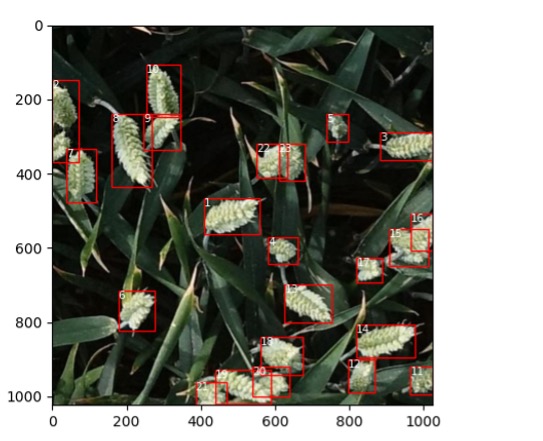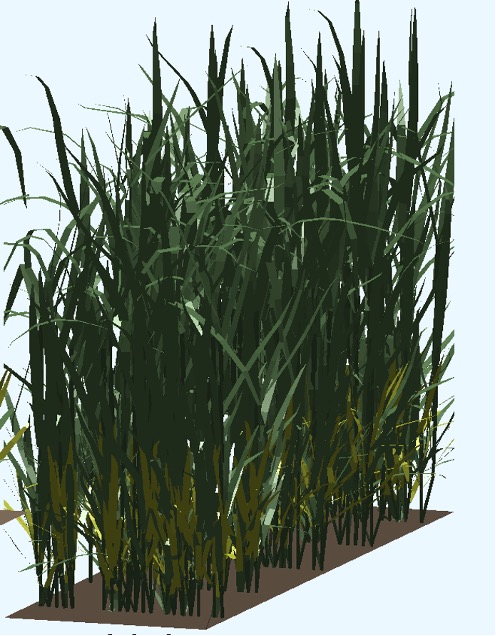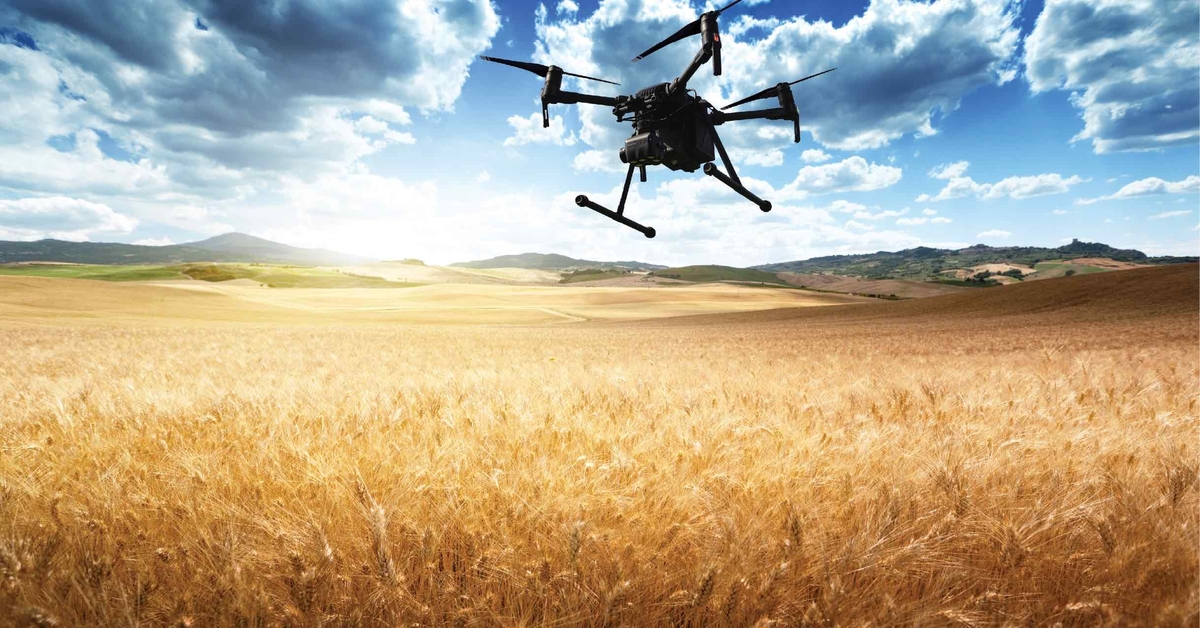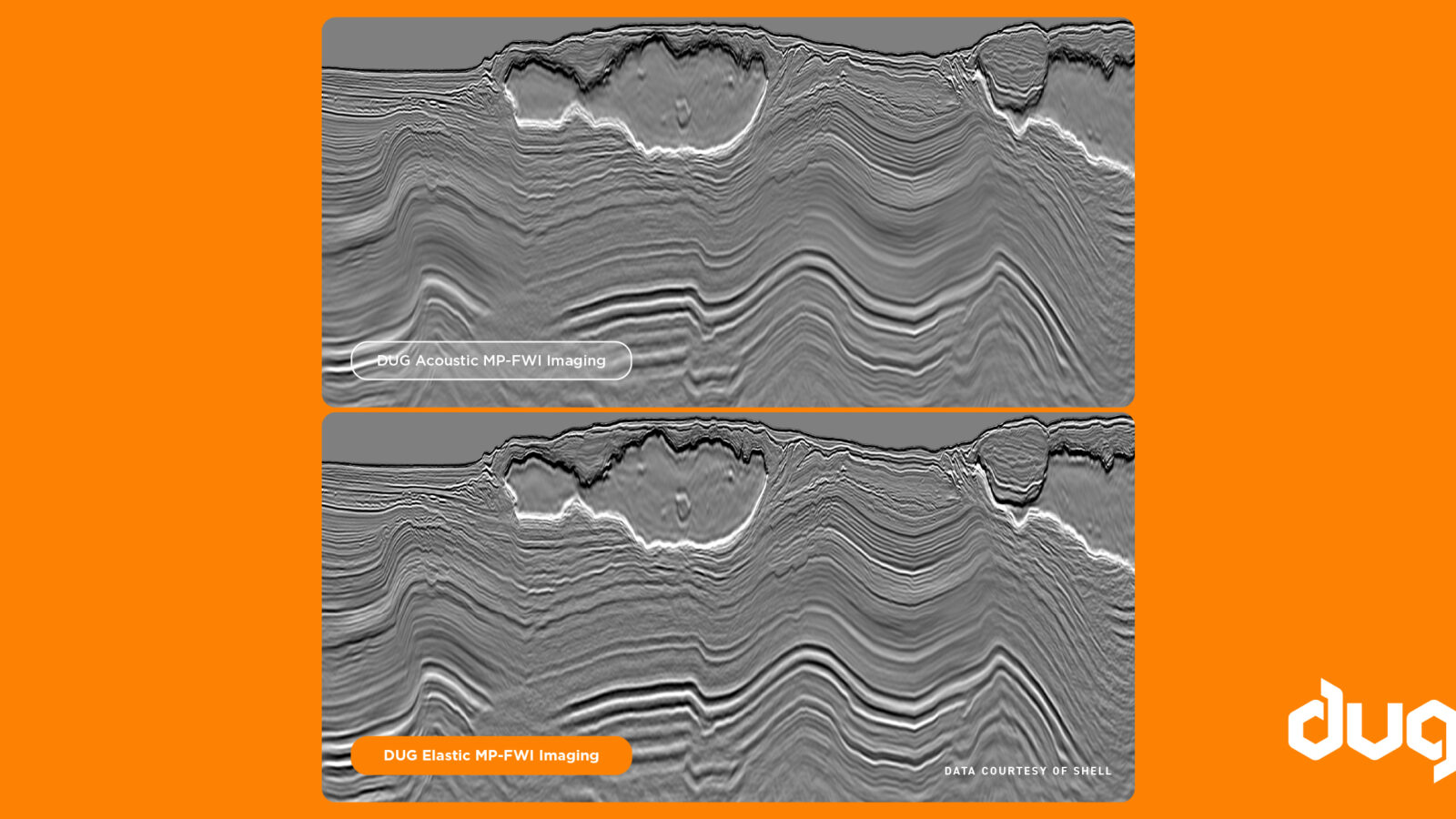By 2050, the global population is projected to soar to 9.8 billion. The United Nations Food and Agriculture Organisation estimates that farmers will have to increase agricultural production by 70% to fulfil the demand. To illustrate, that amounts to roughly one billion tonnes more wheat, rice and other cereals.
With increasingly limited resources such as land and freshwater, this means farmers will have to do more with less. However, traditional methods are far from sufficient to meet this huge demand.
This gap is driving farmers and innovators to seek novel ways to increase production and reduce waste. In this regard, artificial intelligence (AI) is steadily emerging as part of the agriculture industry’s technological evolution.
AI-driven solutions, powered by high-performance computing (HPC), will not only improve farming efficiencies but also enhance the quantity and quality of crops, facilitating a quicker go-to-market rate. For instance, supercomputers have been used to unravel the wheat genome, which is critical to increasing yield and making it more resistant to diseases.
Global Wheat Challenge
While digital sensors have been deployed to observe crops at key moments during their development, some important plant traits are still being measured manually. In particular, wheat heads are counted manually from digital images—a long and tedious process. Adding to the complexity of the process are myriad factors such as head orientation, wind, variations in appearance and more.
The Global Wheat Challenge is an annual international data-science competition created to streamline this process, with the objective of building a software model capable of recognising wheat heads in thousands of pasture images covering global crop domains. Such a model will benefit phenotyping research and help producers worldwide better assess head density, health and maturity.
Inspired by the Global Wheat Challenge, Masters student Chris Napier from Edith Cowan University, Joondalup (ECU) has proposed an innovative, practical synthetic plant approach to monitor wheat crops.

Figure 1. A typical challenge image with numbered boxes indicating wheat heads.
Accurate measurements
Using the provided Global Wheat images of 2021, an artificial neural network (a computing system of connected nodes modelling brain neurons, akin to a computer “brain”), was trained as a proof of concept for the research proposal.
The neural network was used to measure simple synthetic wheat heads, as illustrated in the image below. High scores were achieved in this initial investigation of the practical use of synthetic plant models, even though the models were based on a single repeating form.

Figure 2. Synthetic plants recognised with 94.4% to 100% accuracy by an artificial neural network trained on images of real plants. The coloured boxes indicate the extent of the recognition. Credits: Chris Napier
How was it done?
Using an established system called an L-system, or Lindenmayer system, Chris was able to create the structure and appearance of synthetic 3D plant models, starting with wheat heads. An L-system is a recursive, string-rewriting framework used in computer graphics to visualise and simulate organic growth such as plant development. Researcher Christian Fournier from INRA in France created an L-system framework named ADEL-Wheat to produce the following model in Figure 3.

Figure 3. Synthetic wheat crop 3D model system ADEL-Wheat
Chris’ research proposal involves an artificial neural network trained on thousands of synthetic images, with variations of the plant parameters. This will create a synthetic plant network, which would recognise and measure real plants to infer their health and yield.
The neural network training, as well as the inference of the artificial neural network, would be performed using HPC at the CSIRO Pawsey Supercomputing Centre in Perth, Western Australia.
Real-world applications
The purpose of the research at ECU is to develop a drone-based plant monitoring system, in which the drones would record images of crops.
The images would be measured and processed via HPC using the neural network—an efficient, cost-effective and accurate method to measure the development of crops over time, as well as their health and yield.
In addition, the gathered information would be used to improve the accuracy of the plant system by adjusting its synthetic models, and to record and report to the farmer the seasonal crop development.
As precision agriculture technology—enabled by HPC-powered AI and data analytics—matures and becomes more affordable, we can expect the future of farming to be not only smarter but more sustainable.
At DUG, we have dedicated data science and support teams equipped with domain-specific expertise to help tailor HPC solutions according to your data and compute requirements. We want to help you to focus on what matters most to you—the science!
Drop a line to [email protected] if you’d like to learn how our reliable, cost-effective HPC as a service (HPCaaS) can help accelerate the translation and commercialisation of your research!




































